2020 Volvo V60 T8 Review: A Tough Decision

I know I am not alone in this. Most journalists and enthusiasts will agree that despite falling out of favor in the past decade or two, wagons are cool. They are sleek, look handsome, can be spacious, come with a massive trunk, and yet can be fun to drive as opposed to crossovers, since they are essentially sedans with a cabin-accessible trunk. And if you want to come across as tasteful and stand out from a crowd, a wagon can really help your street cred.
But what if you want a plug-in hybrid wagon? There aren’t many options in the market: in fact, there is only one, the Volvo V60 T8 plug-in. But a Volvo hybrid wagon should be quite easy to recommend right? Absolutely, I thought so too. But after spending a week in it I’m not so sure anymore.
(The V60 T8 eAWD Inscription reviewed here is only available in Canada. The US market only gets the T8 in Polestar Engineered form.)
Aesthetic Proportions
FAST FACTS
| Engine: | 2.0L I4 twin-charged with electric motor |
| Output: | 400 hp, 472 lb-ft |
| Transmission: | 8AT, AWD |
| US fuel economy (MPG): | NA |
| CAN fuel economy (L/100KM): | 8.4/7.0/7.8 |
| Starting Price (USD): | NA |
| As-Tested Price (USD): | NA |
| Starting Price (CAD): | $73,115 (inc. dest.) |
| As-Tested Price (CAD): | $81,865 (inc. dest.) |
Volvo arguably makes the best looking wagons—among the few that still bother to make them—and the long roof V60 T8 is no exception. Thor’s Hammer (It’s called Mjölnir by the way) daytime lamps have adorned Volvos for the better part of the decade now and still look just as striking as when they first appeared. Yes, the V60’s overall fascia with the waterfall grille is quite similar to its larger sibling the V90, but we let them have that one.
The long, flat roof and seemingly narrow glasshouse give sleekness to the overall design. In addition, the mild contours and haunches that protrude slightly along with the larger 19-inch wheels give the plug-in a sporty yet understated stance and pleasing proportions. Not much needs to be said about the vertically stacked tail lamps. You could miss the badge but you won’t miss those.
Comfort and Utility
Opening the driver’s side door gives you access to traditional Swedish (Volvo) opulence and minimalism. The leather upholstery is of the highest quality and adds to the plushness of the cabin. A single strip of brushed aluminum stretches from the driver’s door to the passenger’s along with open-pore wood inlays. The beautifully designed AC vents with propeller-esque center-fins and knurled knobs enhance the feeling of richness. The cabin feels oddly calming even with the massive Sensus infotainment system occupying the prime real estate.
SEE ALSO: 2021 Porsche Panamera 4S E-Hybrid Review: Who Needs the Turbo?If there’s one thing you can always expect Volvo to absolutely nail, it’s the seat comfort. The driver’s perch feels enveloping and supportive. The extendable squab, though quite common these days, is an especially nice touch. A 4-way adjustable lumbar and customizable bolster and side squab settings result in a seating comfort akin to your favorite lounge chair at home.
The Orrefors crystal gear shifter is nothing short of a piece of art and adds a touch of class to an otherwise plastic-heavy and rather pedestrian center console. You’d always be compelled to keep the crystal surface squeaky clean. I ran out of an entire box of wipes just to maintain the aesthetic integrity of the gear selector. All controls including the ignition switch, drive mode selector and the physical volume controls feature slightly knurled surrounds and feel rich and tactile. After you’ve admired the cabin for its simplicity and elegant design you start to notice the shortcomings.
The steering wheel feels great to hold and the controls work quite well but the seam circumnavigating the wheel itself looks unnecessary and frankly, feels like an aftermarket cover. There is practically no storage space in the center console. The armrest hides a small compartment enough for a phone and wires. Speaking of which, the absence of a wireless charger is by far the most glaring omission. Passenger space is adequate but only for four, the middle seat is only big enough for a small dog as the massive hump leaves no space for feet. The trunk is massive though, and offers 18.6 cubic feet (527 liters) of luggage space with all seats up which can be extended to 50.8 cubic feet (1,438 liters) with the second row folded.
Tech
When the Sensus system first debuted on the XC90, it raised the bar for in-car infotainment. And over seven years on, it still remains an intuitive system. Yes, the plethora of options and adjustments feel daunting at first but you get used to the operation in no time. It is, however, in an almost desperate need of an upgrade. Intuitive it might be, but fast it is not. While the UX is as tactile as a touchscreen can be, there is a noticeable gap between the input and the execution. In addition, it takes about 20 seconds to boot up after you start the car which in today’s day and age is an eternity. And it is also prone to hiccups from time to time.
Loading …
Engine and Transmission
No one from twenty years ago would’ve believed that you could extract 400 hp from a 2.0-liter motor and power a wagon with it. But it’s true. The 2.0-liter twin-charged motor makes 313 hp and the electric motor adds another 87 hp to the mix bringing the total output to 400 hp and 472 lb-ft. The engine is punchy no doubt but doesn’t always feel it’s pushing out sports car levels of power. Off the line it feels really quick but the acceleration tapers off by the time you shift into third, though by then you are well north of 60 mph.
SEE ALSO: 2021 Ford Mustang Mach-E Review: First DriveIt feels quick but lacks a sense of speed. And it isn’t due to the weight, though there is a lot of it (4,517 lbs or 2,049kg). It’s mainly down to the fact that you are very well insulated, which works fantastically when you’re on your way home in your sleek silver cocoon, but it eats into the sense of speed and engagement. And the lack of paddle shifters only adds to that feeling.
The powertrain pulls cleanly no matter the circumstances, and left to its own devices, the eight-speed gearbox is responsive and attentive to the position of your right foot, especially in the Polestar Engineered (sport) mode. You even get a meter indicating when you’re on EV mode, or when you’re using the gas engine, and by how much. You can even opt to conserve your electric range for later use if you think charging will be an issue. Forcing the gas engine to charge the battery pack is also an option.
Ride and Handling
To put it simply, it rides like a Volvo. With a potent double-wishbone setup up front and a stabilizer bar with a hydraulic shock setup at the rear, the V60 makes short work of anything the road might throw at it. It feels pliant and absorbent around town and at home even in the literal rougher part of town. It doesn’t waft over the imperfections as much as it mows them into submission. The bigger bumps and the occasional pothole can upset the in-cabin tranquility but only momentarily.
Out on the highway, it feels planted and surefooted regardless of the speed, as you would expect. When the tarmac starts to snake through the treeline, the composure remains constant. Yes, sudden and frequent direction changes do require a certain level of skill and it isn’t completely flat through the corners and is nowhere near as sharp as the V60 Polestar would be. It masks its mass really well in the corners despite being on stock suspension and that is big praise for a two-ton wagon. While the steering could do with more feel, there is no dearth of it from the brakes despite the regenerative function.
Range
Theoretically, you can go 22 miles (35 km) without poking the gasoline engine to life. But the battery depletes depending on your speed. Realistically, it can manage about 18 to 20 miles on pure electric mode with ease. It might not sound like much, but provided you charge it every day at least once, you could go a couple of weeks between fill-ups. In the current scenario, you might never have to fill fuel for the foreseeable future—provided you don’t venture more than 10 to 12 miles from your dwellings.
But if like me, you’re forgetful and borderline lazy about charging, the fuel economy drops dramatically. If you purely use the engine for charging, you’re looking at an average figure of 19.6 mpg (12 L/100 km) in the best-case scenario. My suggestion: charge as often as you can.
Verdict: 2020 Volvo V60 T8 eAWD Inscription
{"attachment_id":"854310"}
The Volvo V60 T8 Plug-in is fuel efficient, you can go almost two weeks without a fill-up (theoretically) if you charge it every night. And as far as plug-in hybrid wagons go, it is about the only one in the market and the only available in Canada. But it is also expensive and not as utilitarian as a wagon should ideally be. It has a massive trunk but the rear seat space is adequate for four at best, and there is practically no room in the center console for anything. Then there is the infotainment screen, which though fairly intuitive is far from quick and honestly needs an immediate upgrade.
Then there is the price. At $81,865 CAD equipped for our tester, it isn’t exactly affordable. At that price you’re encroaching into Porsche Cayenne territory. You can drive the price down to about $75,000 if you get rid of stuff like the winter package, advanced package, and the Bowers & Wilkins sound system. But skimping on those would adversely affect the in-car experience.
So the only argument for the V60 T8 Inscription is that you really, really want one. But if you really really want a performance plug-in wagon, you might as well pull out all the stops and go for the Polestar Engineered. At $68,940 US ($85,215 CAD) it’s marginally more expensive than a tricked-out Inscription and yet offers all the bells and whistles, along with a fully adjustable Ohlins suspension setup on both ends.
Become an AutoGuide insider. Get the latest from the automotive world first by subscribing to our newsletter here.
LOVE IT
- Performance
- Supple ride and handles well
- In-cabin feel
LEAVE IT
- Too expensive for what it offers
- No wireless charging
- Infotainment desperately needs upgrading

More by Kshitij Sharma



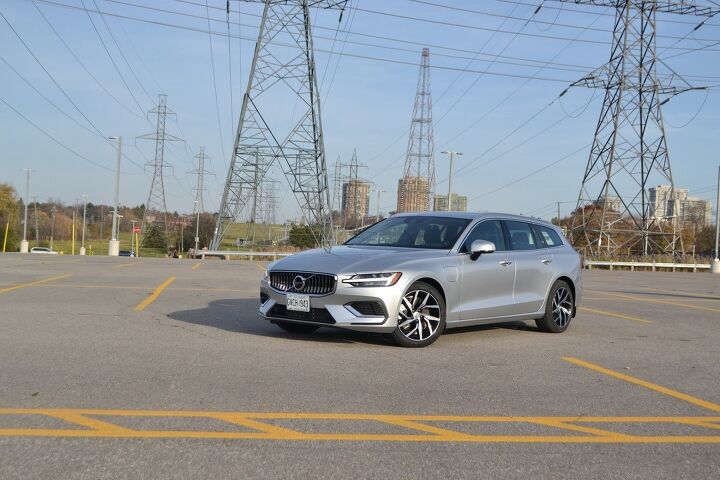


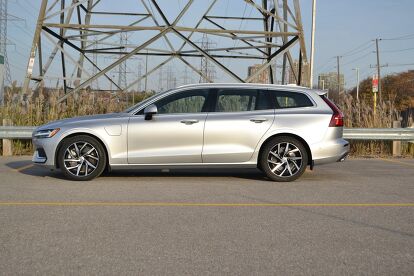




























































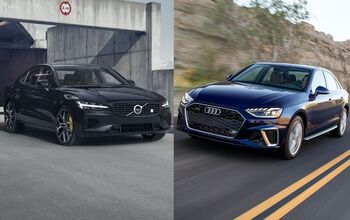




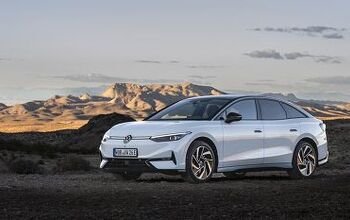
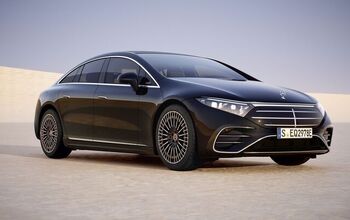

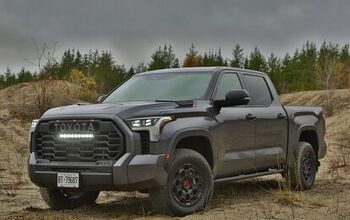





Comments
Join the conversation